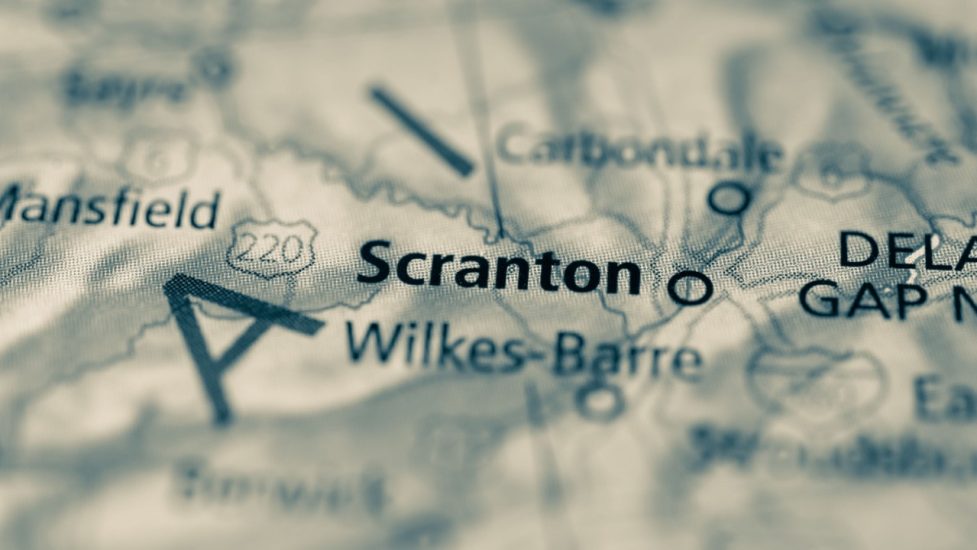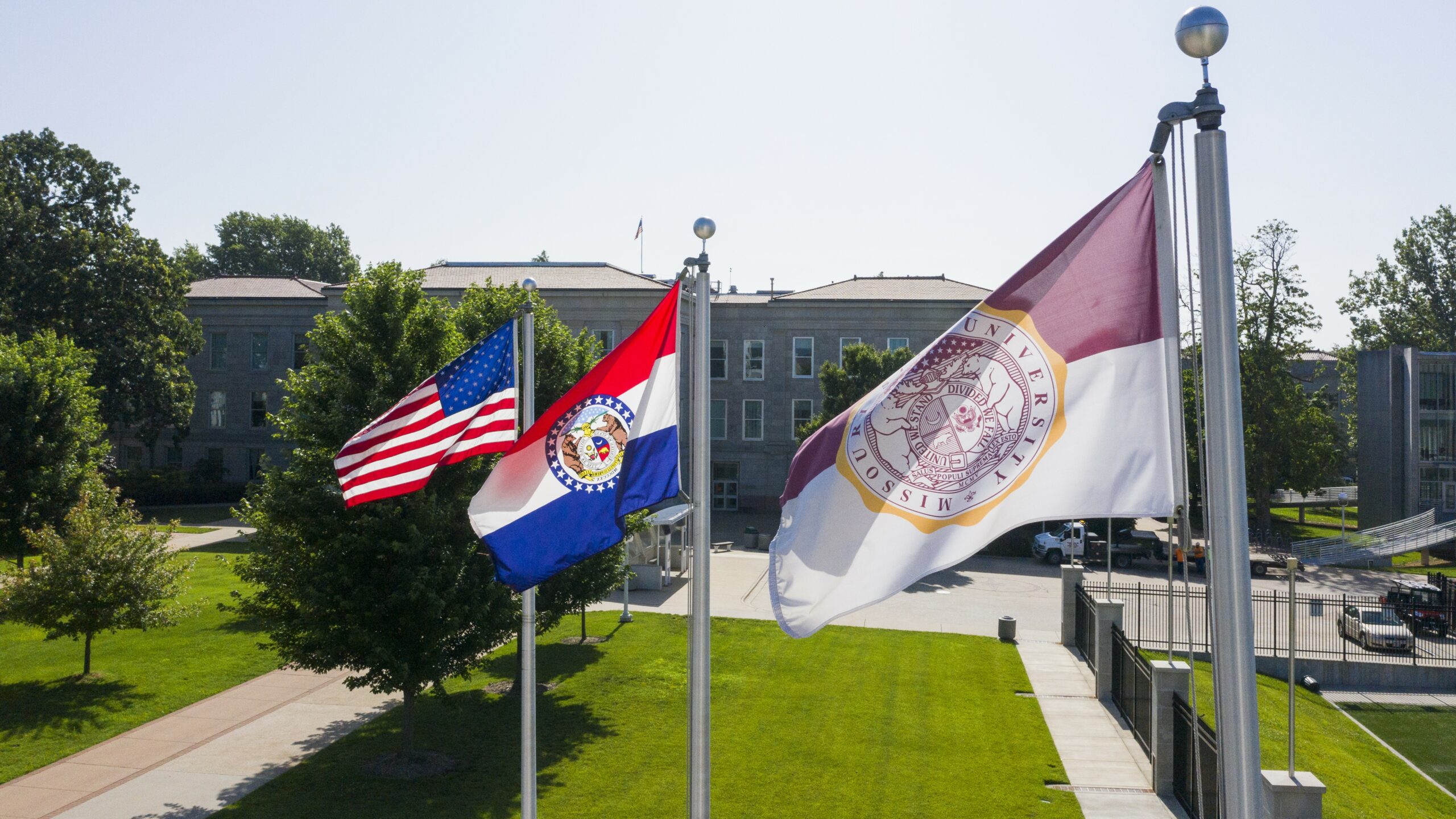Scranton – in northeast Pennsylvania – has a population of just under 76,000 with 20.1% of residents living in poverty, according to the U.S. Census Bureau.

One workforce development initiative is “combining education and job training in a coordinated, comprehensive, and evidence-based ecosystem” with the goal of providing a pathway to living-wage employment.
The initiative – Readiness in Skilled Employment (RISE) – is being piloted by the William G. McGowan Charitable Fund.
Noting there is a mismatch between available jobs and the people who need them, Brian Peckrill, McGowan Fund interim executive director, says, “We’ve been trying to figure out how we can encourage individuals to see themselves in these jobs that can support them. And there’s also demand for in the region.” Currently, RISE is centered on Lackawanna and Luzerne Counties.
Evidence-Based Programming
“RISE is a program that integrates some very strongly evidence-based programming around sector-based occupational skills training with some innovative integration of emerging, evidence-informed practices related to executive function skill and self-regulation, and the coaching and services that go along with helping people deploy those skills,” explains Chris Warland, workforce development program director for the McGowan Fund.
He says, “We understand poverty can inhibit someone’s ability to use some of those executive function skills. It’s not through any fault of their own. It’s not any deficit that the individuals face.”
“Any one of us, if we were experiencing scarcity would have those same kinds of inhibited executive function skills. Things like time management, goal-oriented persistence, metacognition, anything that’s associated with being able to set and follow through on a longer-term goal can be really challenging when you’re not able to meet your basic needs.”
Landing Good Jobs
“We’re looking at short term or short-ish term training opportunities that last about one academic year. They’re in sectors where we know there’s local demand for workers,” explains Warland. “The trainings are developed in partnership with employer partners so that we know we’re providing the skills that employers are looking for. We’re looking at sectors where the graduates will have the opportunity to get living-wage employment.”
He continues, “We’re currently focused on building and property maintenance, diesel preventative maintenance, welding, medical assistant, computer support, and industrial technology. All of those courses of study are currently being offered by Johnson College in Scranton.”

“We are in the process of onboarding another academic partner in the region at Luzerne County Community College in order to help us expand our footprint and to better serve people in Luzerne County for whom transportation to Lackawanna County might be really challenging.”
Warland notes the stakeholder partnerships are crucial.
“Having a really good, strong collaborative partnership is really essential for the delivery of a model like this. The roles of the partners are pretty specialized,” he says.
“Community colleges and technical colleges do often have a good amount of experience and knowledge in supporting student success and helping to provide some supplemental services. But we found that it’s really important to have a dedicated community-based organization that’s focused on providing these services to partner with the academic institution.”
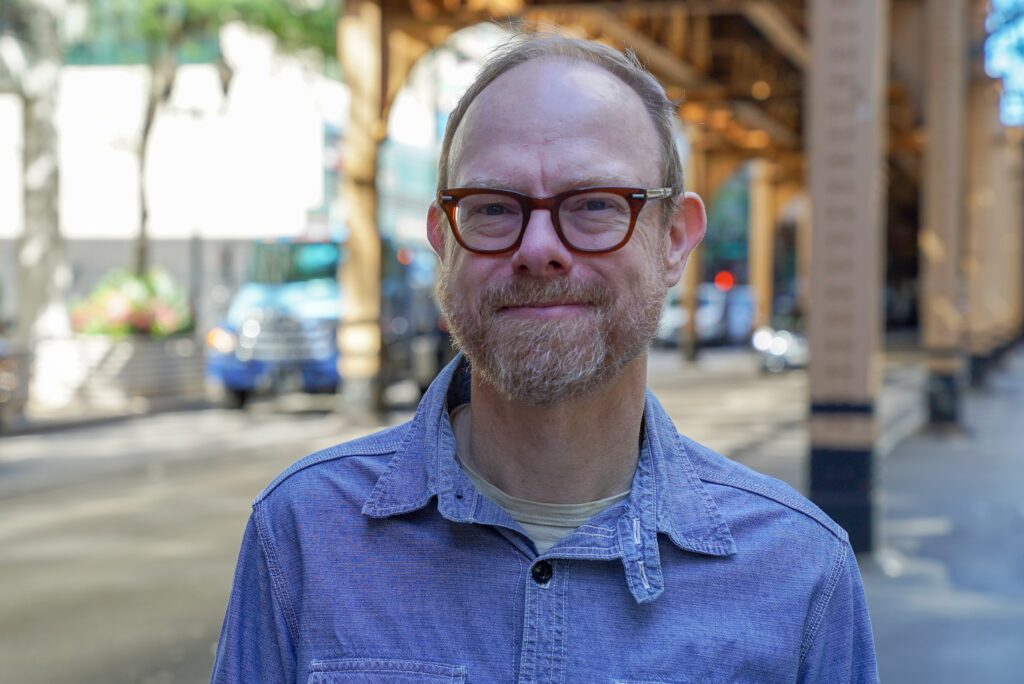
Warland cites the collaboration with a particular CBO, “One thing that I’m encouraged by – and this is something that we’ve been working on in partnership with United Neighborhood Centers, our social service provider – is we recognize that what we’re trying to do is make evidence-based sector training more accessible to a wider range of people.”
“There’s still a lot of candidates for this kind of program that might not be ready right now. They might have basic skills needs. They might have English language learning needs. They might have other barriers that need to be addressed. But we also don’t want to just not provide services or turn them away.”
“We’re working with UNC to make sure that if somebody presents and wants to enroll in RISE and now is not the right time, we have other services to offer them that prepare them for an eventual enrollment in the RISE program. No one’s being left behind.”
Scaling Up With Intention
The first cohort of 12 got underway early last year with an increase to 17 in the second cohort. The third cohort is getting started now with 40-45 new students at Johnson College and Luzerne College. The completion rate for the first two groups was about 75%.
“We’re scaling up slowly but steadily and in a deliberate way that allows us to leverage what we’re learning and make sure that we’re delivering the highest quality program that we can to our participants,” says Warland.
He adds, “Roughly, 75% of our program completers are currently working in their chosen field of study. Among those that are not currently working in their chosen field of study, we have a handful that have decided to continue with their education.”
According to Warland, students range from recent high school graduates to adults who are middle aged and older.
A Health Care Talent Shortage
“If you read our mission statement – it’s to improve the health and welfare of the community through inclusive and responsive health services, and the sustainable renewal of an inspired and competent workforce that’s privileged to serve,” explains Linda Thomas-Hemak, M.D., president and CEO, Wright Centers for Community Health and Graduate Medical Education.
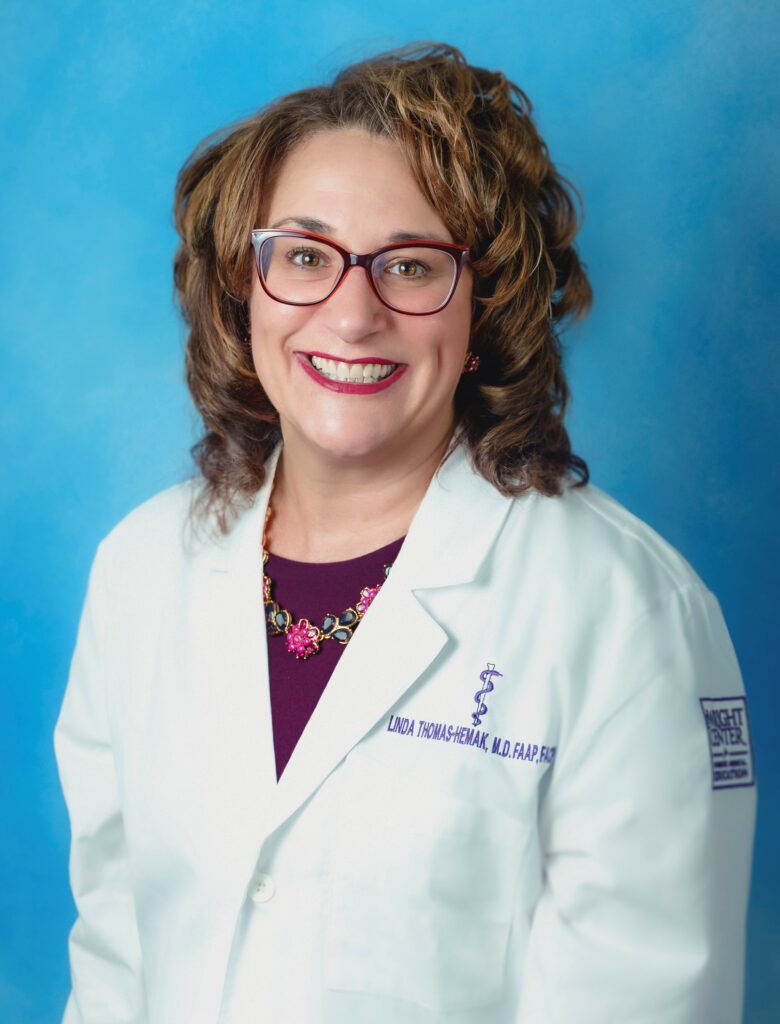
“Very deep in our historical corporate identity is our commitment to workforce development and really the integrated responsibility of health service providers to be sure that they have wired in workforce development renewal for the community and all the patients and families that we serve,” adds Thomas-Hemak.
She says, “RISE is very special because it’s an opportunity for us to partner with one institution that we previously hadn’t had an intentional partnership with – Johnson College. It also brought to the table a philanthropy organization that we have a really deep respect for – the McGowan Foundation – which shares purpose, mission, and they want to lift people out of poverty and break cycles of the socioeconomic determinants of health stressors.”
Thomas-Hemak continues, “RISE is obviously an acronym, but when we think of rise, we think of continuous lifelong learning, career opportunities, career development, and longitudinal pipelines.”
Regarding workforce opportunities, she says, “Our interest is mainly in the health care workforce. It’s really a medical assistant opportunity. Now, we had already done a medical assistant training opportunity with a national organization, but RISE gives us an opportunity to do what we did in that national partnership with local partnerships that allow you to achieve much more than you can achieve as an individual institution.”
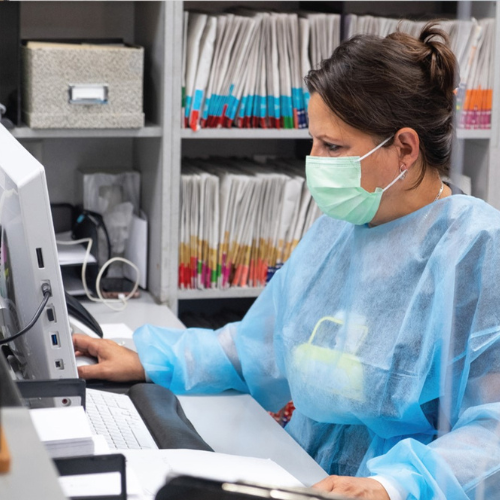
“We also have this cross-pollination that’s happening between initiatives like the RISE program for medical assistants, but also now with certified nursing aides programs and also community health worker programs.”
Thomas-Hemak – who calls herself a “transformed physician” – says, “When I look at my career without the medical assistants, nurses, nurse practitioners, and the PAs (physician assistants) that lifted me up, I would have never been able to take on my current leadership roles, board-certified addiction medicine, board-certified obesity medicine, and still be deeply engaged in the care of patients and families which I really love.”
She continues, “We have a shortage of medical assistants. We have a shortage of community health workers. It is a crisis.”
“Part of that is because the business model of health care hasn’t yet been redesigned to offer those positions cutting-edge wages rather than living wages. When the action hits the road in the clinics, these people are as irreplaceable as it comes. I think that the industry needs to hear that these programs are extremely important for the redesign of American health care and for a preferred future where we’re taking better care of patients and families.”
‘Exactly what I needed at that point in my life’
Nicole Sekelsky learned about RISE after seeing a Facebook posting. It was at a point in her life when she was dealing with personal upheaval. She says, “I saw this ad and I’m like, ‘You know what? Most of the kids are adults. What have I got to lose? I need to get out of this job cycle and find a career.’”
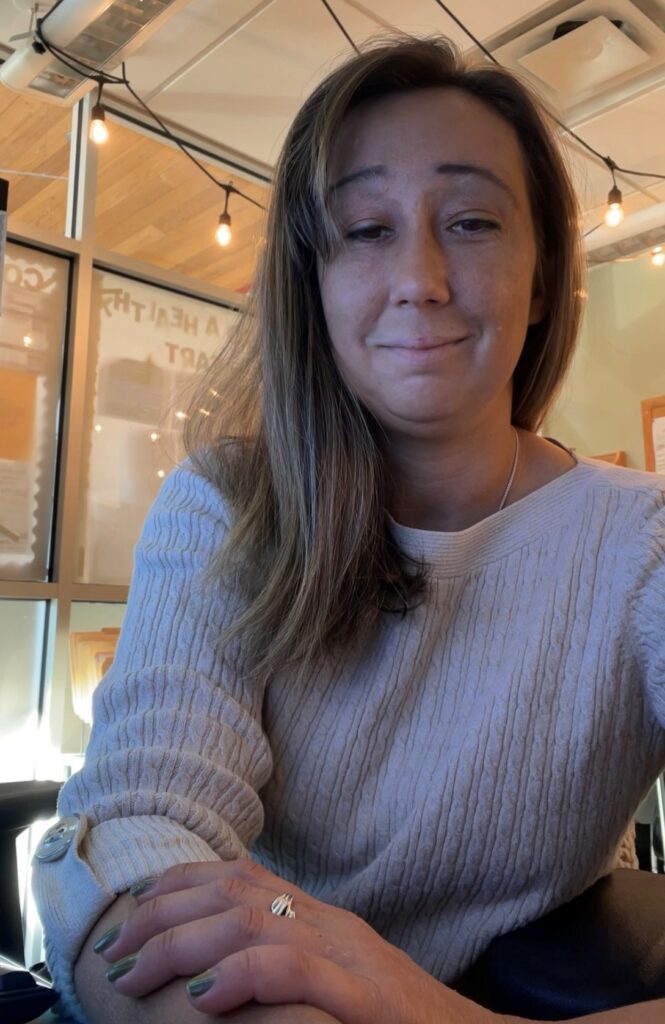
After a number of jobs in retail and fast food, Sekelsky says, “They offered a health care path – which because of COVID – we all knew health care wasn’t going anywhere. I figured whether I liked it or had a passion for it or not, I needed to do it to be able to provide for my children.”
She says, early on, RISE looked as though it would provide her with what she was looking for. “The resources, the support, the lessons that would be taught just seemed to be exactly what I needed at that point in my life.”
As a member of the first RISE cohort, Sekelsky says there were some initial glitches, “We had a couple of hiccups, a couple of things that needed to be tweaked. But really after six to eight weeks, it became fun. I looked forward to seeing what the other students were doing, what lessons were going to be taught that day.”
She adds, “They have cohort sessions where you’ll have lessons on things like time management, metacognition, resume building, how to fix your credit, or how to balance a checkbook, things that you would think every adult knows, but much needed.”
While going through the RISE program at Johnson College, Sekelsky also participated in a six-month AmeriCorps program – taking community health courses. “I absolutely fell in love. It was just a dream come true. It was everything that I already did by nature, but actually with a paycheck.”
Upon completing her studies at Johnson College, Sekelsky immediately landed her current job – in September of last year – as a community health worker at The Wright Center for Community Health.
As a CHW, having impact on the local community is important to Sekelsky. “I feel like I connect with some of the community members that are looking for that light at the end of the tunnel, so to speak. I can speak from life experiences – having been on that end.”
“Part of the job is to screen what’s called an SDOH – social determinant of health – where basically the patient has that opportunity to state, ‘I don’t come to the doctor because I don’t have a way to get there’ or ‘I don’t get medical care because I don’t have a roof over my head.’ And then that’s where I come in.”
Sekelsky says she sees her work as a CHW to be long-term. “If there’s advancement within this department over time, then amazing. But I don’t see myself doing anything different than being active with the community and linking people with those necessary resources.”
Meanwhile, she has started her studies online – working toward an associate degree in human development and family studies from Penn State University.
‘We want to make sure that we get it right’
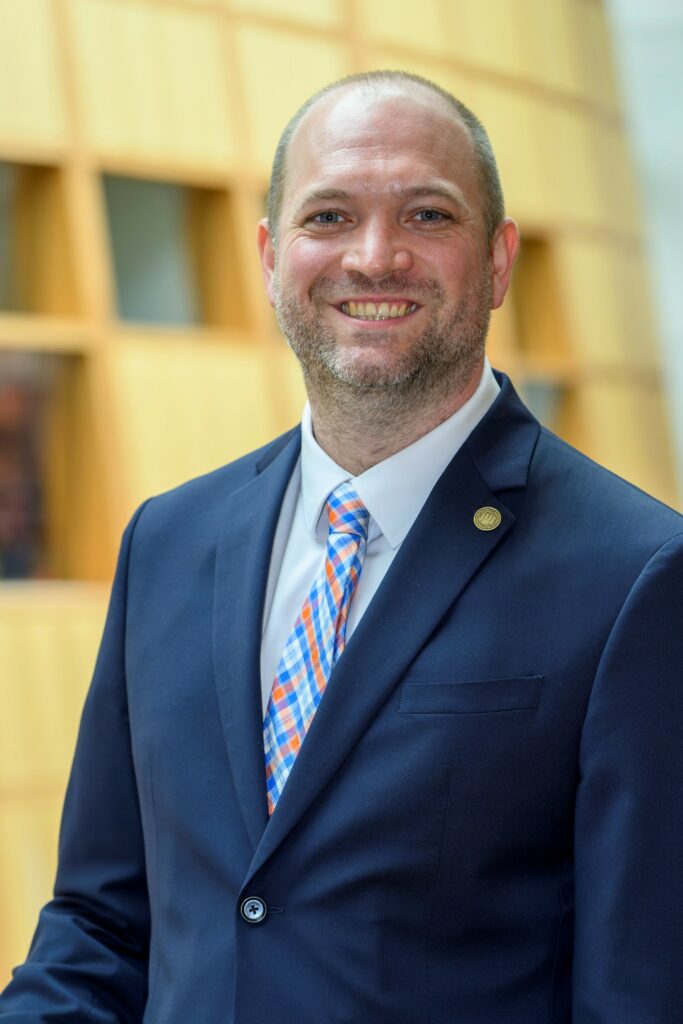
Thinking ahead, there is consideration for potential expansion of the RISE initiative to other locations.
“At this point, we’re testing this proof of concept which we think will work. If it does work, we’re looking to expand this program to the greater Rochester area, which is experiencing very similar trends in employment as northeastern Pennsylvania, as well as Denver and the Kansas City area,” says Peckrill.
“I think we might want to see one or two more cohorts complete their programming before we make a determination about when we want to expand,” he continues.
“Since we’re in the process of expanding within the northeastern Pennsylvania region to a new academic partner, we think we’ll have our hands full with that for a little while.”
Peckrill emphasizes, “We want to be deliberate. We want to make sure that we get it right. We want to make sure that when we do replicate this program, that we’re doing it in a way that maintains our standards for quality-of-service delivery and that we’re very deliberate about selecting the right partners and making sure that they’re well supported to implement the program.”
Thomas-Hemak also offers a forward look, “In the most ideal version, we see RISE as an opportunity to engage somebody who never could have dream-mapped even becoming a physician and get them on this iterative long-term journey to start as a medical assistant, maybe move on to LPN or community health worker training, and ultimately for the community – lift them up to the potential of even going to medical school.”
Sekelsky just celebrated her one-year anniversary working at The Wright Center as a CHW and reflects, “I remember right before [seeing] the Facebook post, we were trying to figure out which one of us was going to donate plasma that day to be able to buy dinner. And then looking at where I am now is absolutely mind boggling to me.”
As the mother of four children – with the youngest being a seven-year-old – Sekelsky recounts her daughter recently came home from school on the anniversary of 9/11. “We’re having this discussion and she pulls this piece of paper out of her folder and says, ‘This is for you.’ And it’s this drawing of me, her brothers, and her sister. We are all her heroes.”
“I want to be somebody that these children look up to. Maybe not even my own children, but maybe their friends or neighborhood kids. I want to be an influence that’s positive. And if all I do is help one person, then that’s all I need to do.”

